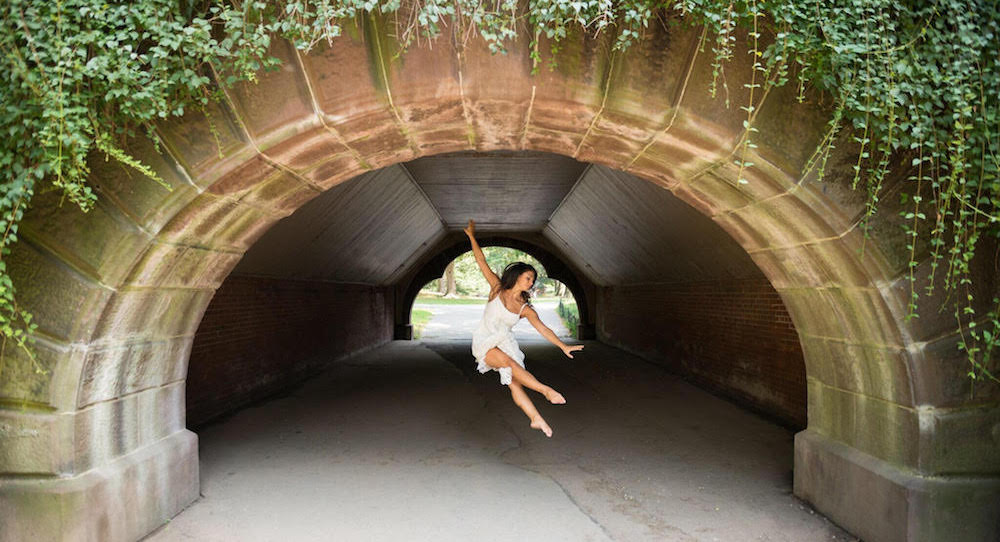Dance Informa continues its series on second companies with a spotlight on Vanessa Long’s Long2 Dance Company.
Running a dance company can be a lot of responsibility – managing rehearsals, performances, dancers, supportive staff, your organization’s overall direction and more. Add on work and personal responsibilities, and it can be quite a feat to accomplish it all. Even more impressive is when dance company directors add second companies to that mix.
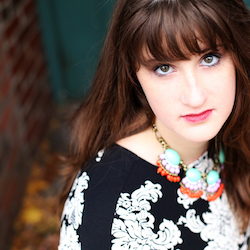
Vanessa Long. Photo by In The Eye Photography.
Vanessa Long, artistic director of Vanessa Long Dance Company, has added a second second company into that mix – with grand goals of further expansion. Here, Dance Informa speaks with Long about her vision for the “Long2” companies, advantages and challenges of running second companies, and helpful tips for company directors interested in starting one up.
For her, goal number one is to have a second company in every major eastern seaboard city. She has second companies in NYC and Philadelphia, and next sights set on Boston. The Philadelphia company (founded in 2017) has eight dancers and performs about six times a year. The NYC company (founded in 2015) has 16 dancers. It includes a junior division, and they perform at about the same frequency. The Philadelphia company rehearses three hours every other week, and the NYC company two hours weekly.
The Long2 companies occasionally have the opportunity to perform with the main company, as they did at the Alvin Ailey studios in the spring. Long loves to see this happen, and hopes to create more such opportunities in the future. Pairing main company and second company dancers together often leads to informal mentorships between these pairs. Long likes to keep these arrangements informal, because being “told you have to do something often makes you not want to do it,” she says.
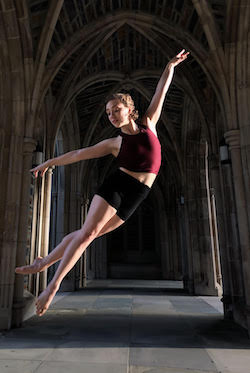
Long2 Philadelphia dancer Molly Hawkins. Photo by Natalie Marshall.
In this line of thinking, performance opportunities are always optional – an “offering, rather than a requirement,” she describes. She explains how if a dancer were to never opt to perform with the company, that it’s “probably not a good fit” – but that, for the most part, this structure and policy works out well. Granted, one difficulty with this arrangement is the need to restage works before every performance (Long attests this has been the case).
From companies across the eastern seaboard, Long wants to have a second company in every major city in the world. She acknowledges the logistical challenges involved with managing that many second companies. “I’m only one human, and a married human at that,” she says with a chuckle. Such aspiration can be a drive to get somewhere grand, even if not quite as grand as an initial goal – one that, to some, might at first have seemed ridiculous.
“There just aren’t enough weeks in the year to do all that traveling,” she shares, but that she might someday have the supportive personnel on staff to make this international structure. Long acknowledges socio-political difficulties in the mix, yet feels more prepared to step into certain locations than one might not expect. She would love to have one in Cuba, for instance, despite still evolving socio-political relations between Cuba and the U.S.
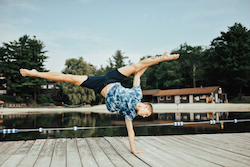
Long2 Philadelphia dancer Kyle Tanguay. Photo by Sammi Shea.
Nevertheless, in any kind of travel, Long advises staying with a local rather than at a hotel. She likes to see this as an exchange of stories – “here’s mine, what’s yours?” From food to art to cultural perspectives to so much more, the learning can be boundless. “Traveling also makes you a better artist, because it opens your eyes as a person,” she says.
Long also enjoys traveling to learn what different local dance communities have to offer. She describes how there’s a lot to be learned from every dance community’s aesthetic and way of approaching the work. Long also sees the advantage of having a second company in what different dancers can offer when executing the same choreography.
She explains how she can teach repertory choreography – that her main company performs – to her second company dancers, and get something quite unique. It can show her new possibilities within the movement. “I’ve seen that younger, less experienced dancers tend to be more raw and have more heart. They really give it their all,” Long attests.
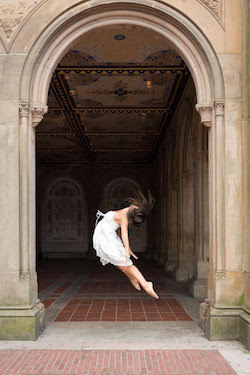
Long2 NYC dancer Ashley Avolio. Photo by Siobhan Cameron.
She cautions against burdening younger dancers with too much material, however. She describes teaching her NYC Long2 much of the company repertory in just a few months, and it was a bit too much for them to handle. Her Philadelphia Long2 handled this load a bit better, however. It goes to show the importance of adjusting to the dancers in front of you. Long sees this all as a growth experience, from which she’ll make adjustments to go forward with success.
For those thinking about starting a second company, but are apprehensive about it, Long advises just taking the plunge. The necessary ingredients are dancers, rehearsal space and, at some point, performance space. Long believes that most dancers, choreographers and company directors have already begun to build the skills needed to obtain these ingredients. “Don’t be afraid to just jump in!” she encourages.
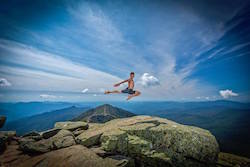
Long2 Philadelphia dancer Kyle Tanguay. Photo by John Givens.
She attests to how there’s “no rule book” for creating a second company. That can mean a lot of “trial and error,” she concedes, but also that directors can make their own rules according to the second company’s unique context. She also recommends creating value for the dancers, so they’ll want to continue being invested. Part of that is fostering good rapport among the dancers. “If they get along well, they’ll dance better,” she claims.
Having a second company – and certainly multiple companies, like Long – can certainly be a lot to handle, but the advantages can be more than well worth it. Support from the kinds of communities we build in the dance world can also make the burden lighter. Making art was never easy, under any format. Yet it has to begin somewhere.
By Kathryn Boland of Dance Informa.


